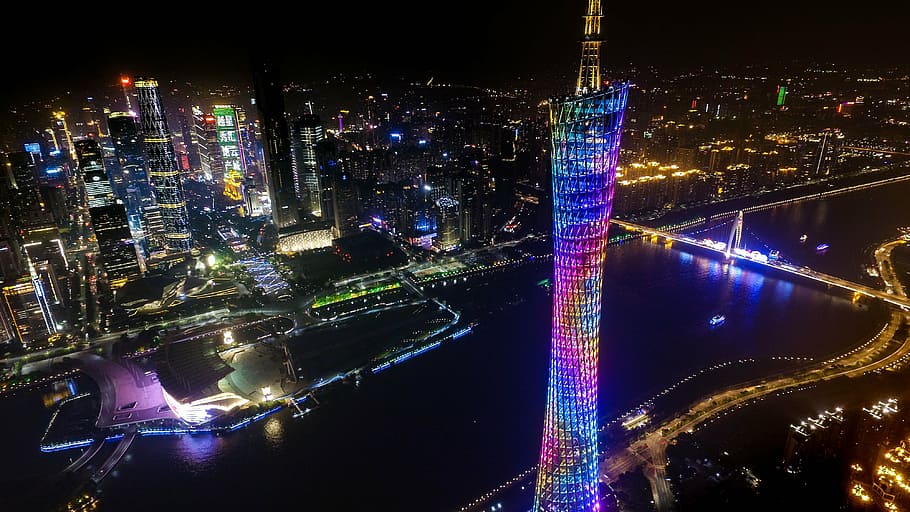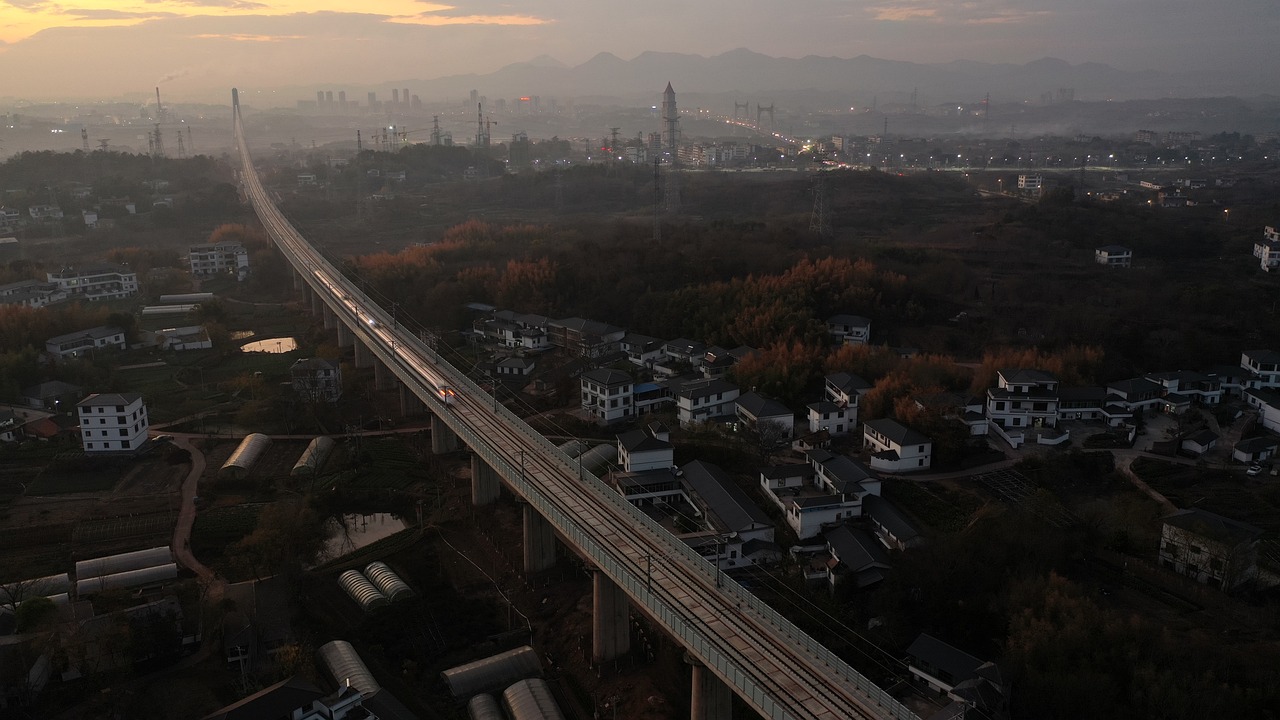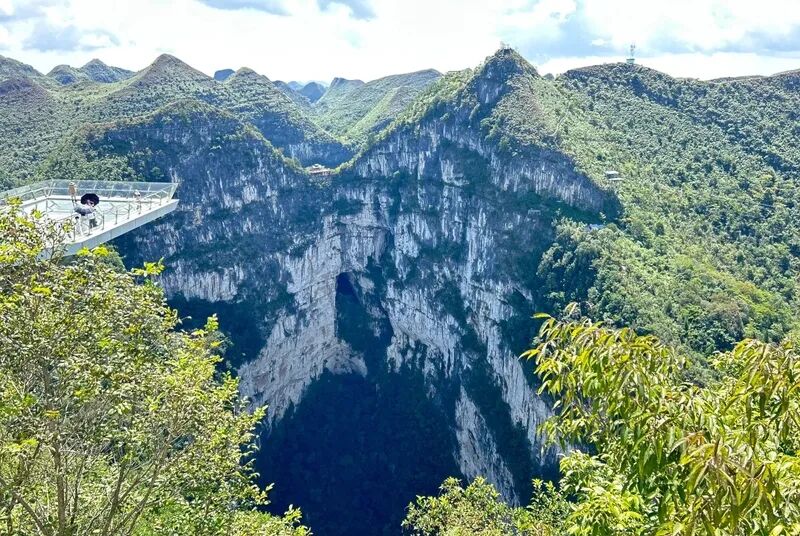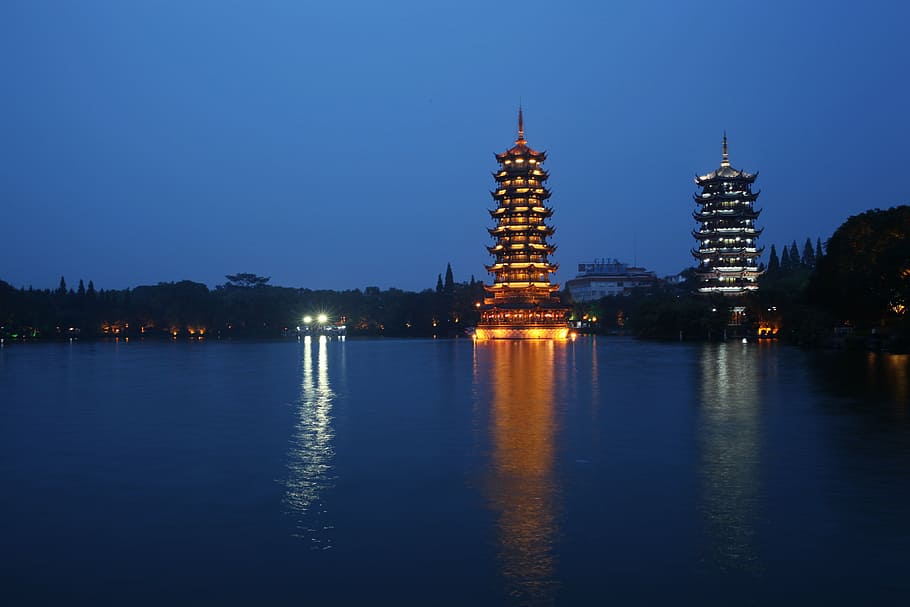Let me tell you about Shanghai. It is not just the tall buildings. Seeing the sunset behind those buildings is very nice. But the real city is more than that.…
China After Dark An Urban Nightlife Guide from the Bund to Teahouses

China After Dark An Urban Nightlife Guide from the Bund to Teahouses When the sun sets over China's cities, a vibrant China nightlife scene awakens. Many visitors focus solely on daytime sightseeing,…
The Colorful Beach in Xinjiang
I arrived at the Colorful Beach in the afternoon. The sun was strong. The land was very dry. The wind blew a lot of dust. I saw the strange landforms…
China’s High-Speed Rail Your Ticket to a Smoother, Smarter Journey

China's High-Speed Rail Your Ticket to a Smoother, Smarter Journey Every trip to China has a special moment. You realize how big this country is. You also feel the magic…
Why Jiuzhaigou’s Lakes & Waterfalls Top My Travel List
If there’s one Chinese spot that feels like a fairy tale, it’s Jiuzhaigou Valley. Nestled in Sichuan’s mountains, this UNESCO site wows with turquoise lakes, waterfalls, snow-capped peaks, and colorful…
China Cave Exploration Discovering Subterranean Wonders and Geological Marvels

China Cave Exploration Discovering Subterranean Wonders and Geological Marvels China has dramatic landscapes. Under them lies another world. It’s a place of huge chambers, complex cave systems, and geological formations.…
Moonlit China Experience Mid-Autumn Festival at the Country’s Most Magical Locations

Moonlit China Experience Mid-Autumn Festival at the Country's Most Magical Locations The fifteenth day of the eighth lunar month comes. The golden moon rises. China turns into a place of…
Finding Stillness A Spiritual Journey Through China’s Four Sacred Buddhist Mountains

Finding Stillness A Spiritual Journey Through China's Four Sacred Buddhist Mountains In our hyper-connected world, many travelers are seeking deeper connections beyond typical tourism. The Sacred Buddhist Mountains China offer a profound…
Nanjing: Where Emperors, Ducks, and Good Vibes Collide
Let me tell you about Nanjing, the city that casually served as capital to six dynasties and now acts like it's no big deal. Tucked along the Yangtze River, this…
The Whisper of Wool: A Tibetan Robe’s Journey
I met her in a sunlit room in Shigatse. She lay folded on a wooden bench, not old, but holding the weight of countless mornings. She was a “chuba”, the…